
Atlanta welcomes back first Santa with Down syndrome
Nancy Flanders
·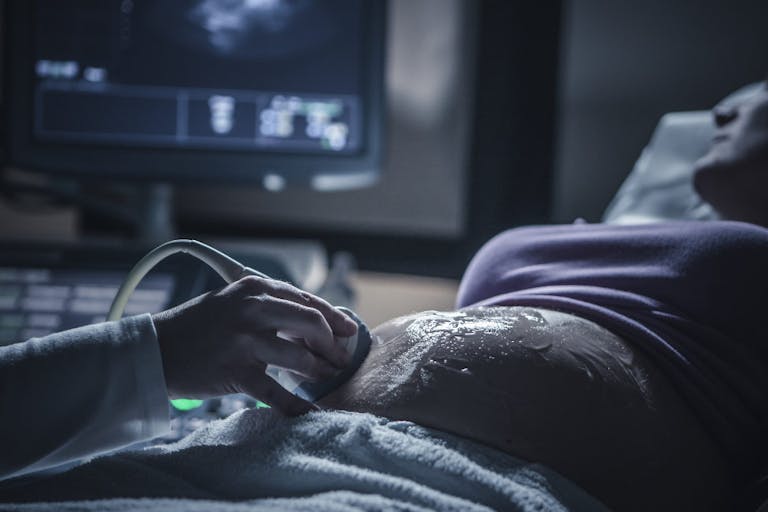
Every human being, including those with Trisomy 18, has an inherent right to life
Kate Cox’s quest for an abortion has ushered in numerous stories of parents who carried their babies with Trisomy 18 to term. But there have also been stories shared of children who were misdiagnosed with Trisomy 18 in the womb and how the legalization of abortion has led to both tragic and miraculous tales.
But these stories of misdiagnosis — or possible healing in the womb — often leave out one detail: every child has the inherent right to life and every child’s life is a miracle.
Abortion after a misdiagnosis of Trisomy 18
In 2019, a baby was aborted in Ireland after his parents received test results indicating their preborn child had Trisomy 18, also known as Edward’s syndrome. However, after the abortion, a second round of test results revealed that the baby did not have the condition.
Taoiseach Leo Varadkar, Minister for Defence and Leader of Fine Gael, called the situation an “individual tragedy,” saying that he felt for the couple who had “lost a very wanted child.” He added that he knows similar cases have occurred. The couple claims they were told to have an abortion by the hospital; they were said to be “utterly, utterly mentally and physically devastated” after learning they aborted their healthy child.
But whether or not he was “healthy” had nothing to do with this child’s value as a human being. Neither the parents nor the doctors had the right to seek out his death simply because he received a diagnosis. His death by abortion is not more tragic because he was healthy. It would have been tragic even if he did have Trisomy 18.
Choosing life after a diagnosis of Trisomy 18
Rev. Jim Harden, the CEO of CompassCare pregnancy center, recently shared that his son had been diagnosed in the womb with Trisomy 18 after a “diagnostic ultrasound.” He and his wife refused abortion and their son was born without Trisomy 18 and is now 20 years old.
Ultrasounds are a type of prenatal screening that can reveal indications of health conditions but do not always offer a positive diagnosis depending on the condition. There have been countless stories shared of children who were misdiagnosed in the womb and were born healthy.
Studies show that up to 9.2% of ultrasound diagnoses are wrong. Non-invasive screening tests in pregnancy can be wrong more than 90% of the time. According to a 2014 study, 6% of babies who had a “positive” screening test result for a health condition were aborted without their parents undergoing a test to confirm the diagnosis, such as an amniocentesis.
It is normal to celebrate when a child does not have Trisomy 18 or any other condition that doctors initially diagnosed, but it must be remembered that with or without a health condition, that child deserves to live. Whether or not prenatal testing is accurate or inaccurate, killing is not the solution to a diagnosis. Even children with health conditions deserve to have their lives celebrated.
Article continues below
Dear Reader,
In 2026, Live Action is heading straight where the battle is fiercest: college campuses.
We have a bold initiative to establish 100 Live Action campus chapters within the next year, and your partnership will make it a success!
Your support today will help train and equip young leaders, bring Live Action’s educational content into academic environments, host on-campus events and debates, and empower students to challenge the pro-abortion status quo with truth and compassion.
Invest in pro-life grassroots outreach and cultural formation with your DOUBLED year-end gift!

How prenatal testing should be used
When a child is diagnosed prenatally with a health condition of any kind, that information should be used to proactively help the baby and the parents. While some conditions will require an amniocentesis to confirm the diagnosis, many parents do not wish to go through with this test because it carries a risk of miscarriage. With as much information gathered on the child’s health as possible, parents can prepare to welcome their baby into the world and provide him or her with the right medical care.
For example, the parents of a child who is diagnosed with Trisomy 18 can meet with the medical team to discuss what will happen if doctors determine the baby must be delivered prematurely, and what steps to take to help the baby when she is born. This could include how to proceed if the baby is not breathing on her own and what to do if she is breathing but needs some help. They can also plan to have other family members present at the hospital to meet the baby if she does not survive.
However, research is showing that providing newborns with Trisomy 18 with medical care increases their chance of survival. Surgery to repair their hearts can double their chances of survival and hospital discharge.
“Surgery gives parents the option to say, ‘We’re going to do everything we can for our baby,’” explained pediatric cardiologist Thomas Collins, a doctor behind the study. “And, now we’ve shown that heart surgeries could allow parents to take their babies home from the hospital, and have them for two years or beyond, as opposed to two weeks.”
Every life is valuable
Years ago, testing showed that a friend’s child did not have the same health condition that my child does. Mutual friends cried out, “Praise God” — and my heart sank. Of course, I was happy for her. But wasn’t my child’s life worth praising God for? Wasn’t my child’s life just as valuable and worthy? The answer should be an obvious “Yes.”
Prenatal testing should be used to help children live longer and healthier lives. Instead, abortion advocates have turned prenatal screening into a weapon that is used to seek out children with health conditions and destroy them through eugenic abortion. It’s an attempt to eliminate people who may cost more money to care for or people whose lives are deemed unworthy.
Whether a prenatal diagnosis is accurate or not, it should not be used to justify abortion. Every human being — regardless of age, location, sex, health status, or any other label — has an inherent right to life that must be protected.
Live Action News is pro-life news and commentary from a pro-life perspective.
Contact editor@liveaction.org for questions, corrections, or if you are seeking permission to reprint any Live Action News content.
Guest Articles: To submit a guest article to Live Action News, email editor@liveaction.org with an attached Word document of 800-1000 words. Please also attach any photos relevant to your submission if applicable. If your submission is accepted for publication, you will be notified within three weeks. Guest articles are not compensated (see our Open License Agreement). Thank you for your interest in Live Action News!

Nancy Flanders
·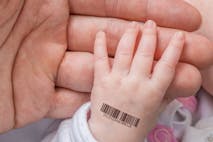
Issues
Angeline Tan
·
Guest Column
Emily Berning
·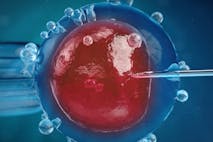
Opinion
Nancy Flanders
·
Opinion
Mark Wiltz
·
Opinion
Mark Wiltz
·
Human Interest
Nancy Flanders
·
Human Interest
Nancy Flanders
·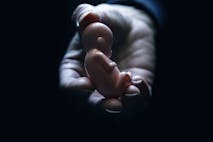
Analysis
Nancy Flanders
·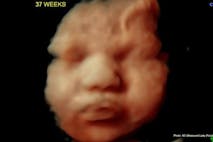
Politics
Nancy Flanders
·
Activism
Nancy Flanders
·